Standing at the edge of Val d’Aosta as dawn breaks, I watch the first light kiss the majestic peak of Cervino, known to most as the Matterhorn. The mountain sits proudly on the border between Italy and Switzerland, its distinctive pyramid shape emerging from the morning mist.
Capturing the perfect shot of Cervino requires understanding how natural light transforms the mountain throughout the day. Each passing hour creates dramatically different moods and textures.
My camera settings start with a wide-open aperture around f/2.8 to welcome the soft morning light, just as the golden glow begins to paint the eastern face. The Alpine air is crisp and clear, carrying the scent of pine and distant snow.
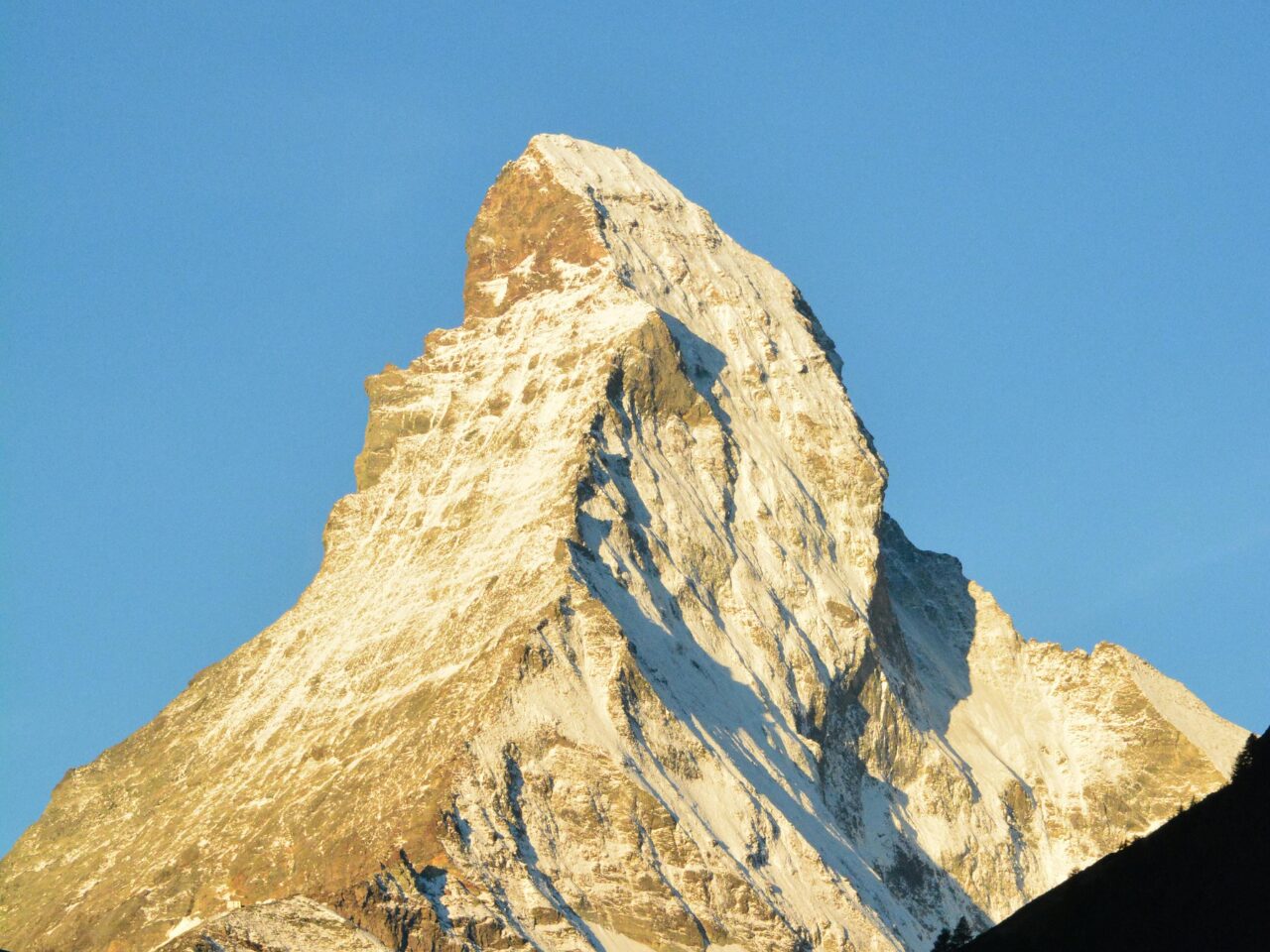
This remarkable mountain stands as a natural border within the Alps, separating Italy from Switzerland. This geographical marvel adds to its photographic allure.
By midday, I adjust my settings as Mediterranean warmth fills the valley below. The changing light creates a contrast between the sunny meadows and the still-shadowed sections of the peak.
Each shift in light brings new opportunities to capture Cervino’s character. These changing conditions turn a simple day of photography into an unforgettable Alpine adventure.
The Allure of Monte Cervino
Monte Cervino captivates visitors with its distinctive pyramid shape and dramatic presence in the Alpine skyline. This iconic peak straddles the border between Italy and Switzerland, offering some of the most breathtaking mountain scenery in Europe.
Cervino’s Place in Alpine Majesty
When I first laid eyes on Monte Cervino (known as the Matterhorn on the Swiss side), I was instantly mesmerized by its perfect triangular silhouette. Standing at 14,692 feet (4,478 meters), it’s not the tallest Alpine peak, but it’s certainly one of the most recognizable mountains in the world.
The mountain holds a special place in both Italian and Swiss cultural identity. In Breuil-Cervinia, the Italian resort town at its base, locals speak of the mountain with reverence and pride.
What makes Cervino truly special is how it changes throughout the day. The morning light paints its eastern face in soft gold, while sunset transforms the western ridges into a dramatic canvas of reds and purples.
Understanding Cervino’s Unique Geography
Cervino’s distinctive pyramid shape wasn’t formed by chance. Over millions of years, glaciers carved this mountain into the dramatic peak we see today. Four ridges extend in the cardinal directions, creating the mountain’s famous silhouette.
The Italian side offers a different perspective than the Swiss view from Zermatt. From Breuil-Cervinia, I found the mountain appears more rugged and imposing, with steep rock faces that challenge even experienced climbers.
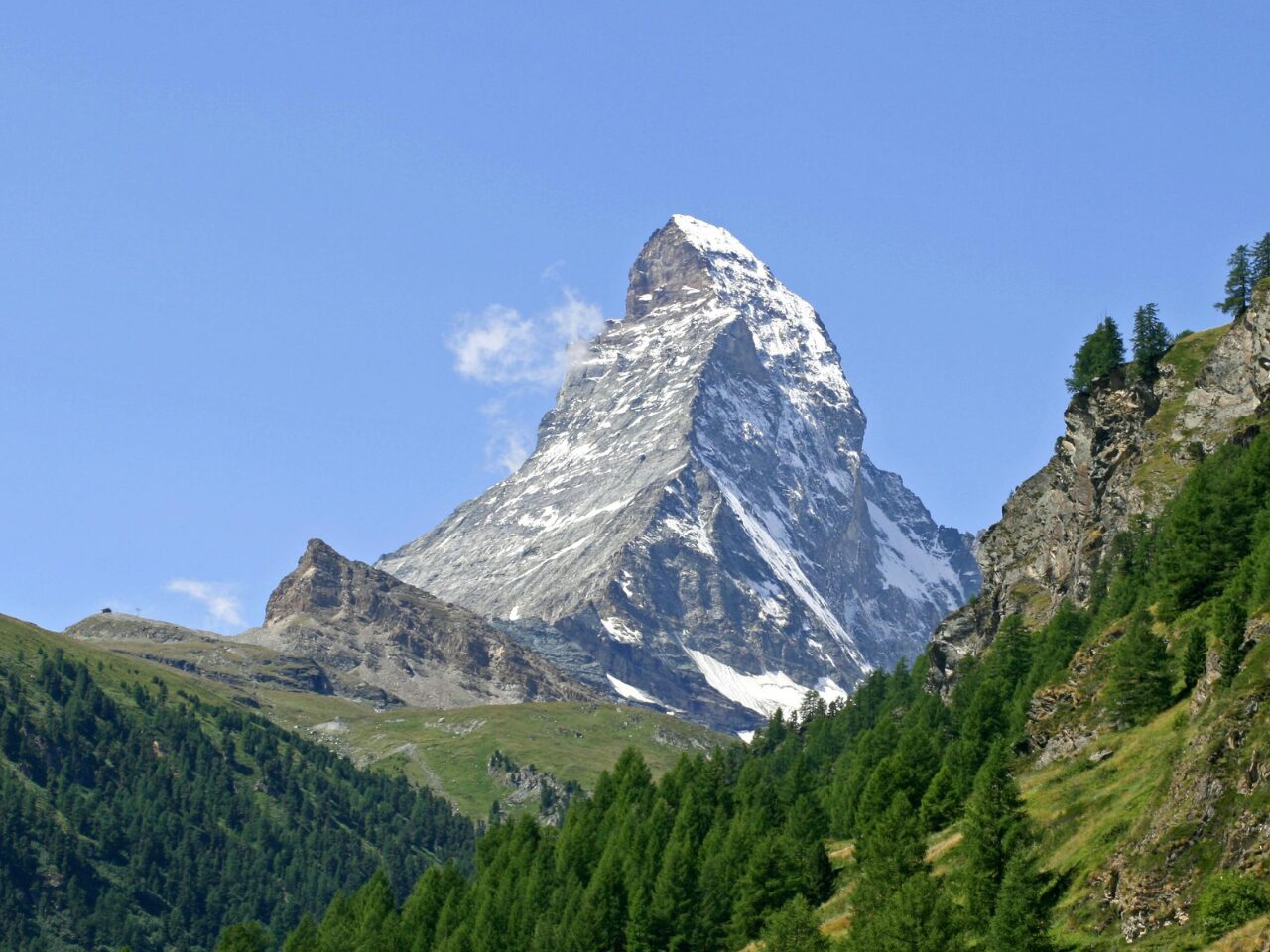
The mountain creates its own weather system. I’ve watched clouds form and dissipate around its peak within minutes. This unpredictable nature adds to the mountain’s mystique and photographic appeal.
The surrounding alpine meadows and valleys complete the picture, creating a landscape that has inspired artists, photographers, and adventurers for centuries.
Preparing for the Photographic Journey
Capturing the majestic Cervino (Matterhorn) through changing light requires careful preparation. Success depends on having the right equipment, understanding seasonal conditions, and ensuring personal safety in alpine environments.
Choosing the Right Gear
I always pack thoughtfully when photographing Cervino. My essential kit includes a sturdy tripod to handle mountain winds and maintain stability during long exposures.
A wide-angle lens (16-35mm) captures the mountain’s grandeur, while a medium telephoto (70-200mm) lets me frame detailed compositions from various viewpoints. Don’t forget polarizing and neutral density filters to manage glare and control exposure during bright alpine days.
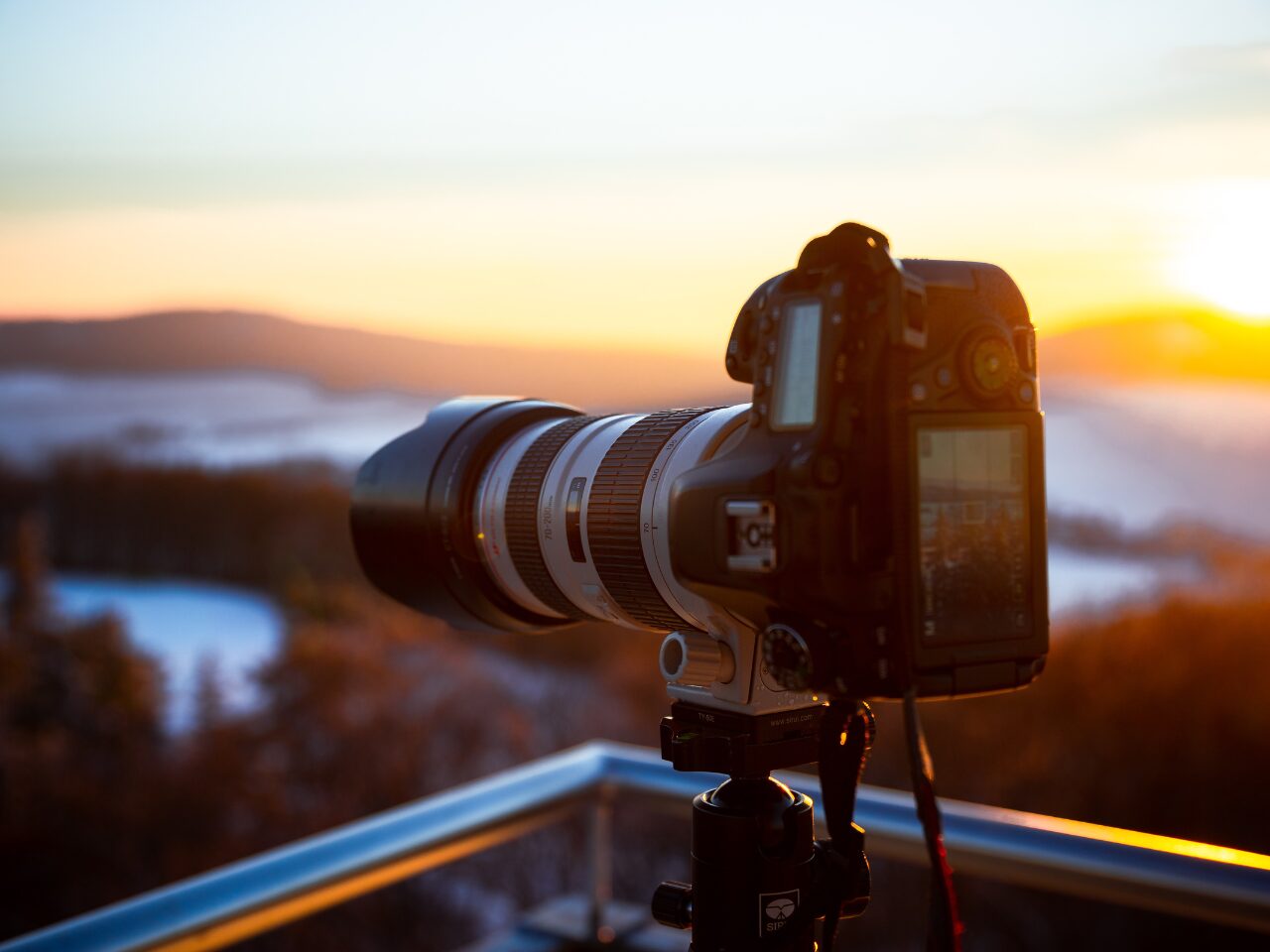
Battery management is crucial in cold mountain environments. I pack at least three fully-charged batteries and keep them close to my body for warmth. Memory cards are equally important – I bring several high-capacity cards rather than risking a full card during perfect light conditions.
My camera backpack includes a rain cover, lens cleaning supplies, and a headlamp for those early morning or late evening shoots.
Seasonal Considerations
Each season transforms Cervino dramatically, offering unique photographic opportunities. Summer provides longer daylight hours and clear skies, though afternoon thunderstorms can develop quickly.
Autumn brings rich golden larches contrasting against possible early snow, creating dramatic compositions. Winter presents the mountain at its most majestic with snow-covered slopes, but requires serious cold-weather preparation and awareness of avalanche risks.
Spring offers a beautiful mix of snow-capped peaks with blooming alpine meadows in the foreground. I check weather forecasts obsessively before any trip, particularly watching for cloud conditions that might create dramatic lighting.
The best photographic opportunities often come during transitional weather when clouds interact with the mountain peak. Mountain-specific apps like MeteoSwiss provide detailed forecasts for alpine regions.
Physical and Safety Preparations
Photographing Cervino means spending hours in alpine environments. I maintain reasonable fitness for hiking to various vantage points, as the best perspectives often require some effort to reach.
I always share my itinerary with someone, including expected return times. My safety kit includes a first aid supply, emergency blanket, and satellite communicator for areas without cell coverage.
Proper clothing is non-negotiable. I dress in layers with moisture-wicking base layers and waterproof outer shells. Gloves with removable fingertips allow camera operation while keeping hands warm.
Hydration and nutrition are essential – I pack high-energy snacks and plenty of water, even for short excursions. The alpine environment can be unpredictable, with rapidly changing conditions that require preparation.
Capturing Cervino: A Timeline of Light
Light transforms the Cervino (Matterhorn) throughout the day, creating distinct moods and photographic opportunities. I’ve discovered that timing is everything when capturing this iconic Alpine peak.
Dawn’s Early Glow
I arrive at my chosen spot at least 30 minutes before sunrise. The blue hour casts a mystical hue on Cervino’s pyramid shape, creating a dreamlike atmosphere perfect for long exposures.

As first light touches the peak, I switch to a faster shutter speed to capture the alpenglow—that magical pink-orange light that briefly illuminates the summit. This light lasts only 15-20 minutes, so I work quickly, bracketing my exposures to ensure I don’t miss the perfect moment.
For dawn shots, I prefer my 70-200mm lens with a polarizing filter to reduce haze and enhance the colors. The changing light requires constant adjustments, but the payoff is worth it—Cervino emerging from darkness like a mountain reborn each morning.
The Midday Brilliance
Midday brings harsh light that many photographers avoid, but I’ve found it creates dramatic opportunities with Cervino. The strong shadows define the mountain’s rugged ridges and textures.
I use:
- An ND filter to tame the brightness
- A wide-angle lens to capture the mountain with surrounding landscape
- Aperture priority at f/8-f/11 for maximum sharpness
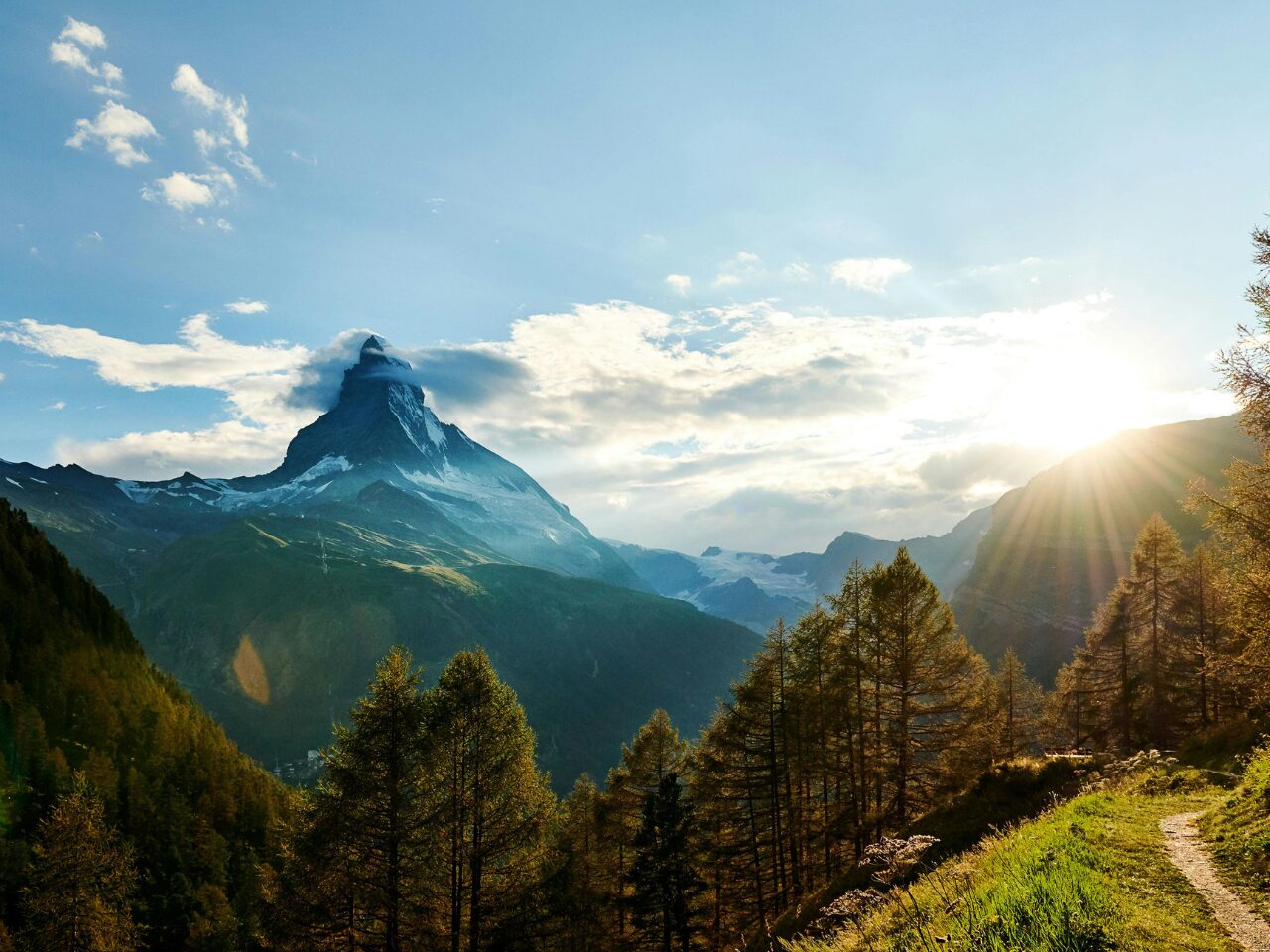
When clouds pass over, I shoot rapidly as the light changes. These fleeting moments create spotlight effects that highlight different parts of the mountain. I look for unique compositions—perhaps including Alpine flowers in the foreground or using Lake Stellisee’s reflections.
The midday hours also allow for hiking to different vantage points around Zermatt.
Sunset into Twilight
The golden hour transforms Cervino completely. I position myself west of the mountain about two hours before sunset to scout compositions. The warm light brings out the reddish tones in the rock face.
As the sun drops, dramatic side-lighting creates depth. I switch between:
- Wide shots showing the entire mountain bathed in golden light
- Telephoto close-ups of how light plays across the ridges
- Silhouette shots as the mountain darkens against the colorful sky

After sunset, the blue hour returns. I extend my tripod and slow my shutter for dreamy twilight images. Stars begin to appear above the peak, creating opportunities for astrophotography with Cervino as a magnificent silhouette.
This transition from day to night completes the mountain’s daily light cycle.
Exploring the Surrounding Areas
The Cervino (Matterhorn) region offers incredible landscapes beyond just the famous peak itself. From charming alpine villages to diverse wildlife, the area presents endless opportunities for photographers looking to capture the essence of the Alps.
Breuil-Cervinia: A Village Framed by Beauty
Breuil-Cervinia sits at the foot of the magnificent Cervino, offering a perfect base for my photography expeditions. This charming Italian resort town has a distinctly Alpine character with stone buildings and wooden chalets nestled against the mountain backdrop.
I found the village itself makes for wonderful photography, especially in early morning light when the buildings glow against the awakening mountains. The main piazza becomes lively in the afternoon, offering candid street photography opportunities of tourists and locals.
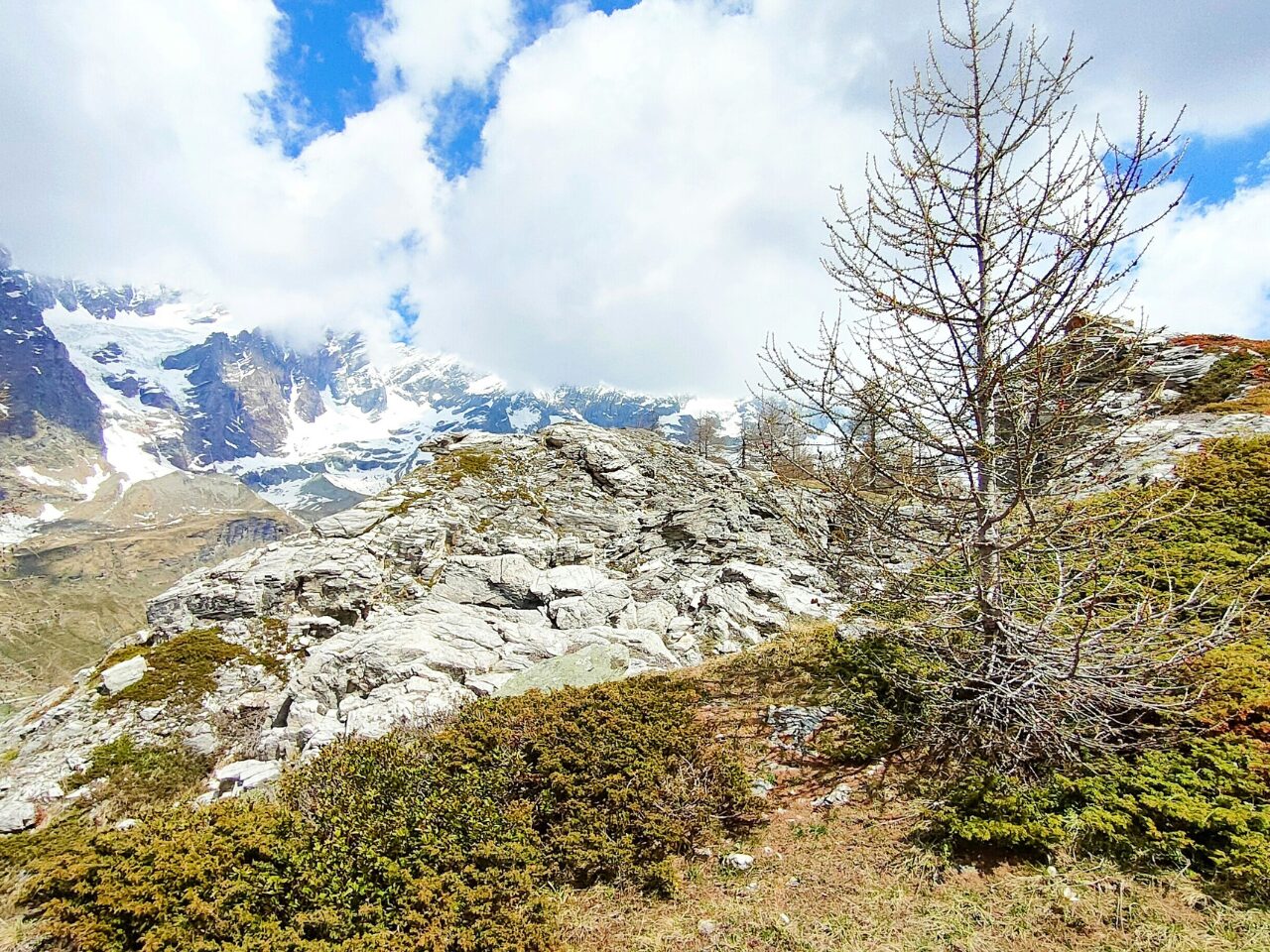
During winter, the transformation is magical. Snow-covered rooftops create a postcard-perfect scene, while skiers add splashes of color against the white landscape. The cable car station connects Cervinia to Zermatt in Switzerland, providing access to cross-border views.
Wildlife and Natural Scenes
The meadows and forests surrounding Cervinia surprised me with their biodiversity. Alpine marmots are frequent subjects, especially in early morning when they emerge from their burrows. Their playful antics make for delightful action shots.
I spotted chamois and ibex on higher slopes, typically in the golden hours of dawn. A telephoto lens is essential for these shy creatures. Pack patience and move slowly to avoid startling them.
The alpine flowers create stunning foreground elements for landscape compositions, particularly in late spring and summer. Gentians, edelweiss, and alpine roses dot the meadows with vivid colors.
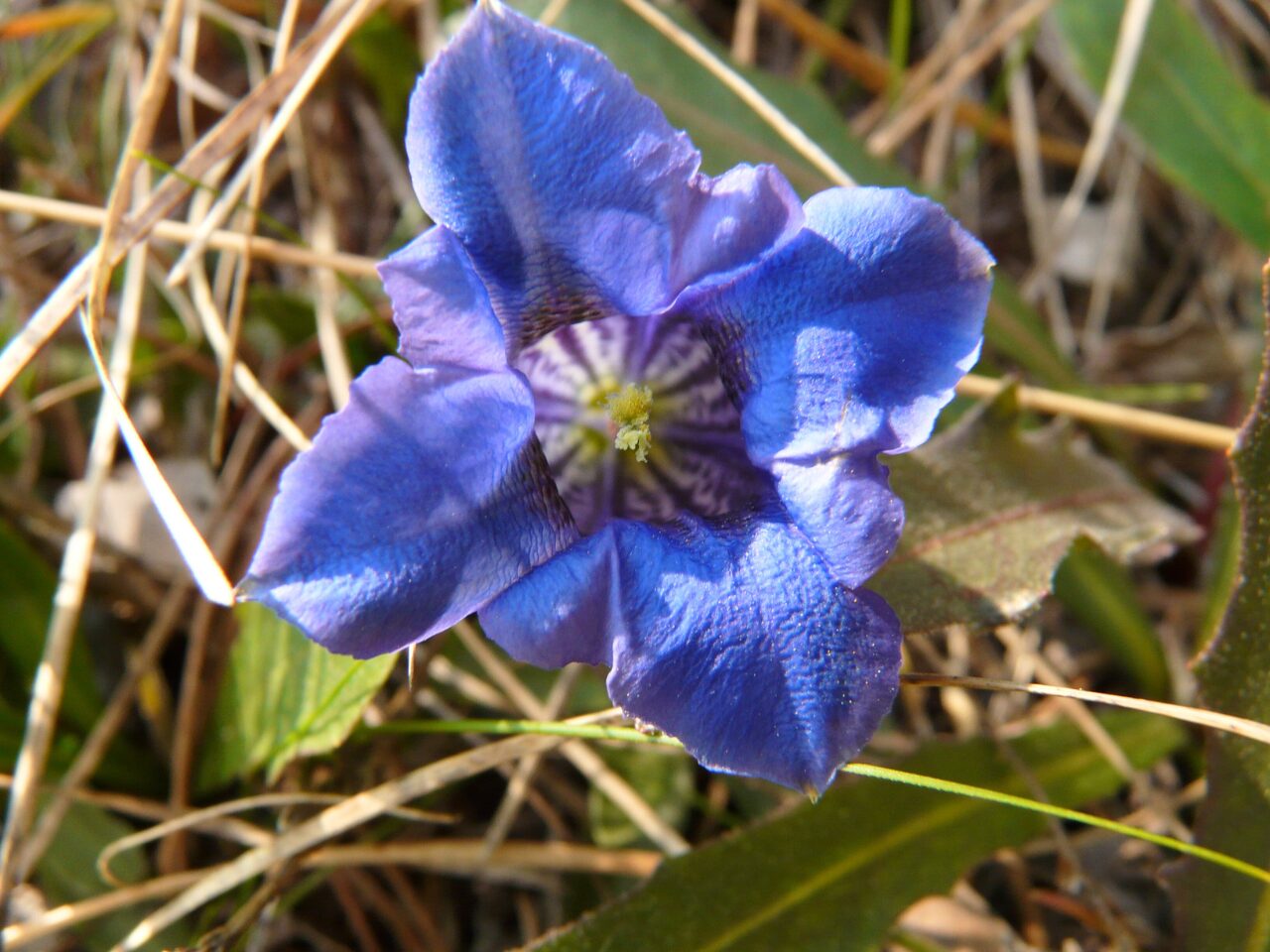
Mountain streams and small lakes reflect the Cervino beautifully on still mornings. I recommend exploring the paths around Blue Lake for mirror-like reflections that double the majesty of the mountain.
Broadening the Photographic Spectrum
While Cervino’s majesty captivated me for hours, I discovered that expanding my photographic vision enhanced my overall experience. Moving beyond a single subject opened up new creative possibilities and fresh perspectives.
Incorporating Diverse Landscapes
The areas surrounding Cervino offer breathtaking diversity that complements the mountain itself. I found that including the alpine meadows in my foreground created depth and context in my images. During spring, vibrant tulips dot these meadows, adding splashes of color against the stark mountain backdrop.
When the light became too harsh for mountain photography, I explored nearby lakes. The natural beauty of these crystal-clear waters provided perfect reflections of Cervino. I sometimes used a polarizing filter to capture underwater elements while maintaining the mountain’s presence in the background.
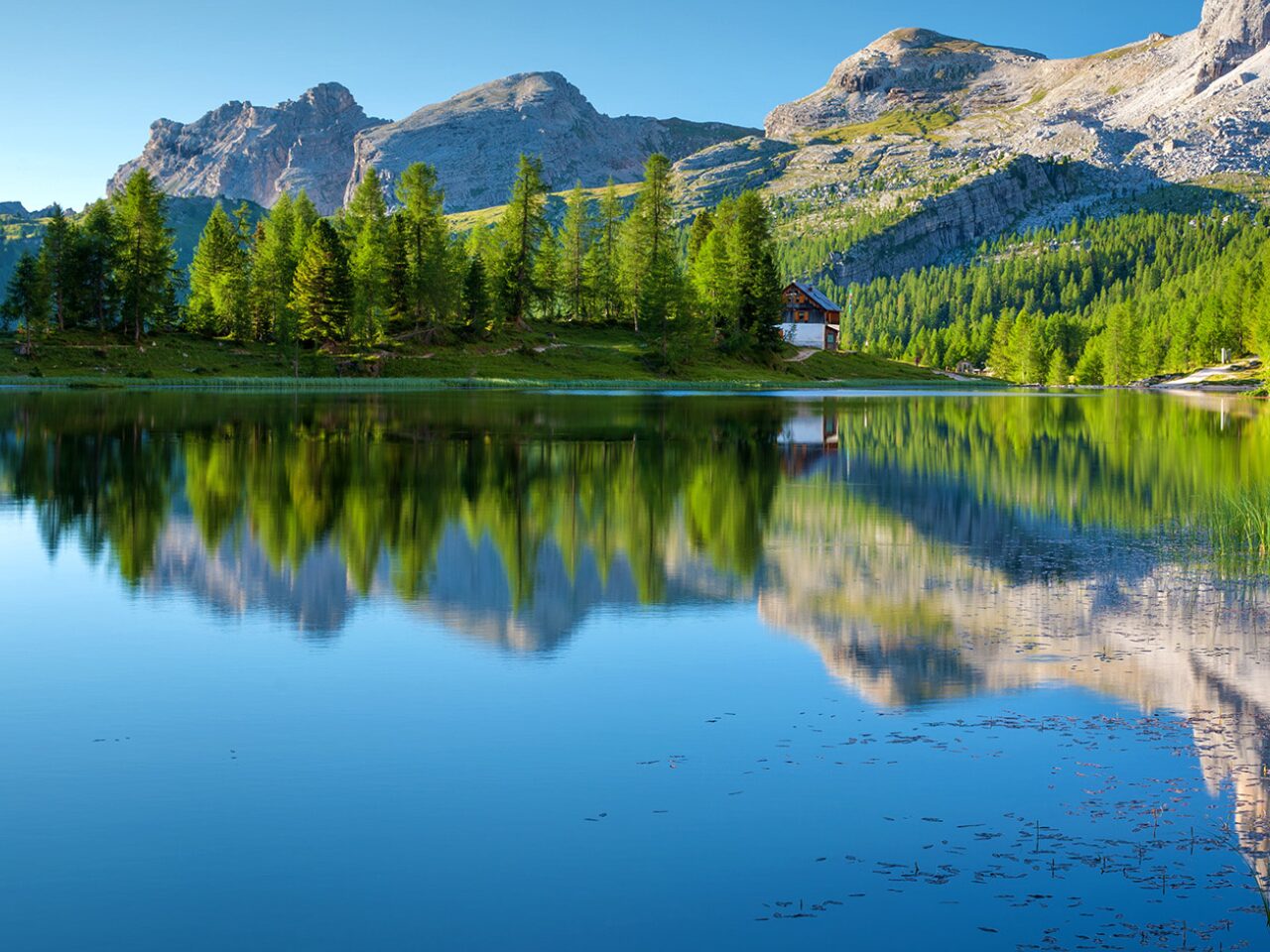
The archipelago of small islands in Lake Blu became one of my favorite secondary subjects. These miniature landforms create interesting compositional elements that lead the eye toward Cervino.
Seeking Inspiration Beyond the Mountain
Wildlife photography became an unexpected joy during my time photographing Cervino. Alpine marmots and ibex frequently appeared during early morning shoots, adding life to my landscape compositions.
I discovered that photographing in hard light can be challenging for mountain photography. However, it works wonderfully for wildlife portraits. Learning techniques for handling harsh light expanded my shooting hours.
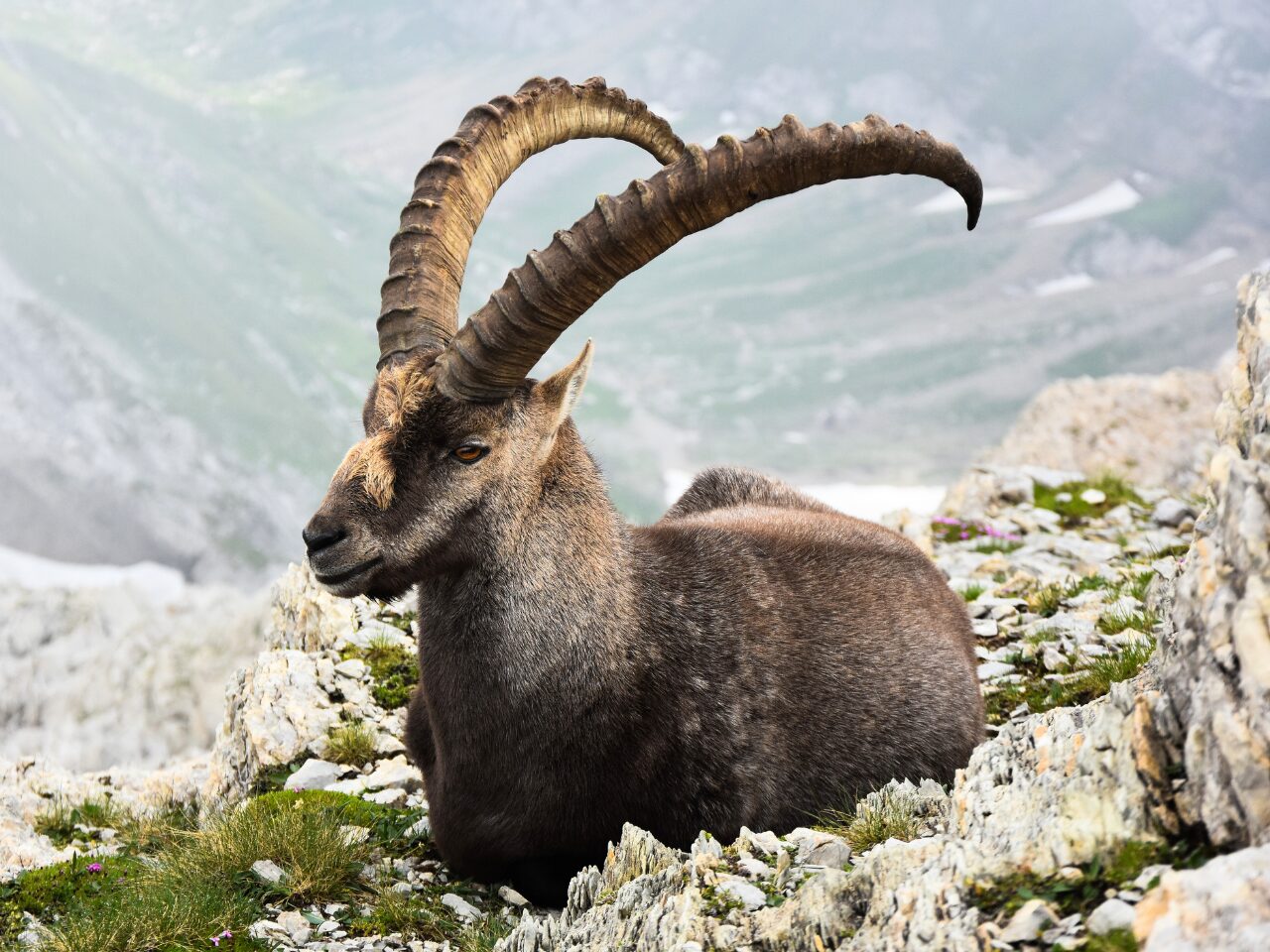
Sometimes I’d pack a longer lens specifically for wildlife encounters. These intimate animal portraits, with Cervino softly blurred in the background, became some of my most cherished images from the trip.
I also experimented with infrared photography, inspired by David Clapp’s approach mentioned in the search results. This technique transformed familiar landscapes into dreamlike scenes with unique tonal qualities.

